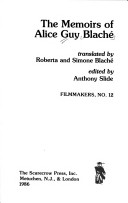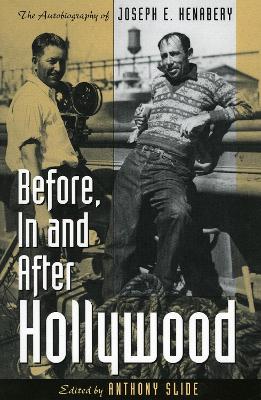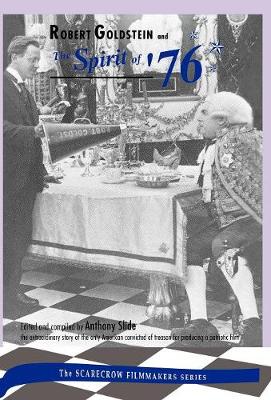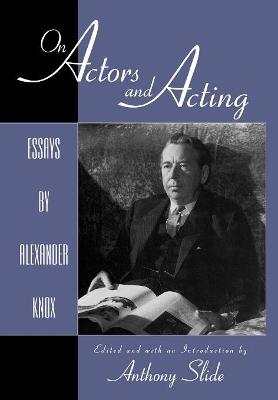The Scarecrow Filmmakers
1 primary work • 6 total works
Book 12
The anti-Communist hysteria that began in the 1930s was further empowered in 1938 when the House of Representatives established the House Committee on UnAmerican Activities. Soon thereafter, the creation of the blacklist in the late 1940s brought the Hollywood film and television community into the fold. Provocatively capturing the controversy and sentiments surrounding this period of political imbalance, Actors on Red Alert explores the repercussions of the blacklist through career interviews with five prominent actors and actresses.
Charles G. Clarke (1899-1983) was a prolific Hollywood cinematographer whose career extended from the Twenties through the early Sixties. Among his best-known films are Miracle on 34th Street and Carousel. Clarke's autobography is filled with unique anecdotes and personal observations on those with whom he worked, including Will Rogers, John Ford, and Henry King.
In 1914, a young midwesterner quit his railroad job to crack the Hollywood motion picture boom. Impressed by his energy and honesty in his role as Lincoln, D.W. Griffith made him his assistant for Intolerance. Griffith then made Joe a director. He swiftly progressed to a preeminent position in the industry, directing some of the biggest Hollywood stars of the 1920's including Douglas Fairbanks, Fatty Arbuckle, and Rudolph Valentino. Versatility played an important role in Joe's rich creative life inside the studios. His understanding of the mechanics of motion-picture film led him to develop and be granted a patent for teaching speech to the deaf by visualizing sound. He pioneered sound short-subjects for the Vitaphone Studios in Brooklyn and later directed WWII training films for the Army Signal Corps in Astoria. Henabery contributed, not only as a director, but also as a researcher, writer, make-up artist/actor, architect, scenic designer, and special-effects innovator. His autobiography, Before, In and After Hollywood was completed in 1975 shortly before his death. Contains 24 black and white photographs.
Robert Goldstein and 'The Spirit of '76'
by Robert Goldstein and Anthony Slide
Published 1 June 1993
Impressed by the success of The Birth of a Nation, Robert Goldstein, owner of a well-known Los Angeles costume supply house, produced his own epic film drama, The Spirit of '76 and screened it in Los Angeles shortly after America's entry into World War I. The film was denounced as anti-British and treasonous. Arrested under the Espionage Act, Goldstein became the first and only American jailed for the crime of producing a patriotic film. Film historian Tony Slide includes an introductory essay, reprints contemporary documentation, and publishes a 1927 manuscript by Goldstein, in which he fully documents the background to the film, its making, his arrest and trial, and his later suffering.
Alexander Knox (1907-1995) was a distinguished stage and screen actor, who is best remembered today for his title performance in the 1944 production of Wilson. He was active both in London's West End and on Broadway, and began his Hollywood career in 1941 with The Sea Wolf. Because of his liberal activities in the film community, including co-founding of the Committee for the First Amendment, Knox was "grey-listed," and forced to settle permanently in the United Kingdom, where he became a familiar figure both in films and on television. On Actors and Acting collects together Knox's writings, published and unpublished, on various performers with whom he worked or was familiar, and on the art and craft of acting. Knox writes on Laurence Olivier, a close personal friend with whom he appeared in the memorable 1940 production of Romeo and Juliet. He discusses his performance as Wilson. Other actors and actresses about whom Knox has many original things to say include Sara Allgood, Dana Andrews, George Arliss, and Walter Huston. Anthony Slide, a film historian and a personal friend of Alexander Knox and his wife, actress Doris Nolan, edited On Actors and Acting. Slide contributes a lengthy career overview and has also compiled a complete filmography, documenting Knox's screen career from his first film, The Gaunt Stranger in 1938, through his last, Joshua Then and Now in 1985.





